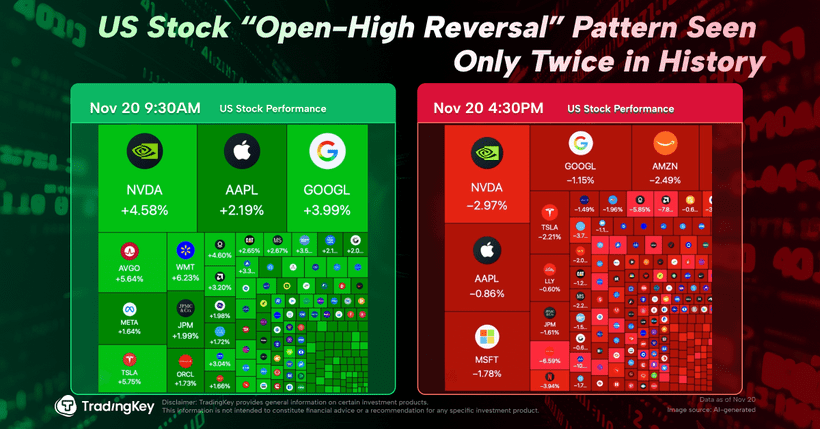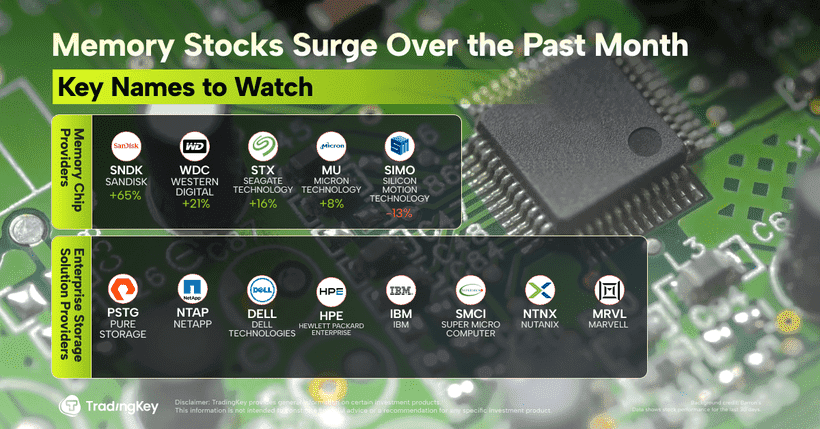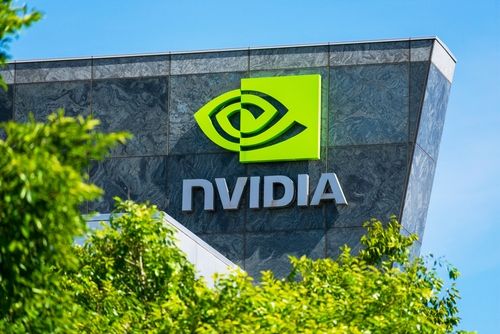Kratos (KTOS): Leading the AI-Powered Drone Revolution in Modern Warfare

.jpg)
Investment Thesis
TradingKey - Kratos Defense & Security Solutions, Inc. (NASDAQ: KTOS) is pioneering the future of warfare with affordable, AI-powered unmanned systems. Its flagship XQ-58A Valkyrie drone, costing $2–4 million compared to an F-35’s $100 million, signals a major shift from expensive manned aircraft to scalable autonomous combat teams. Supported by a $13 billion opportunity pipeline and $575 million in capital, Kratos is moving from R&D to high-margin production with significant growth potential.
Kratos’s AI-driven platforms like OpenSpace integrate drones and secure communications, positioning it as a leader in a rapidly expanding defense market. Although the stock’s forward P/E of 110x reflects high expectations, it offers exposure to a disruptive innovator reshaping defense technology and affordability.
Upside Potential: With a 12-month forward EPS of $0.62 and a P/E range of 70–120x, the target price lies between $43 and $74. While upside from the current $69 price may be limited, there is meaningful potential if Kratos exceeds execution expectations.
Strategy: The stock’s 160% year-to-date gain and premium valuation call for careful risk management. Taking profits may be wise for those with gains, given a potential 30% downside toward the target range if the company doesn’t execute strategies well. Shorting is riskier due to Kratos’s strong pipeline and potential catalysts. Long-term investors should consider holding and use pullbacks near $40-50 to add positions gradually.
Star Investor Move: Cathie Wood’s ARK Invest recently sold $18.5 million worth of Kratos shares during the rally, signaling a strategic shift toward other high-growth sectors, yet still retains a substantial position of roughly 4.5 million shares as of August 2025—locking in gains while maintaining exposure to Kratos’s long-term potential.
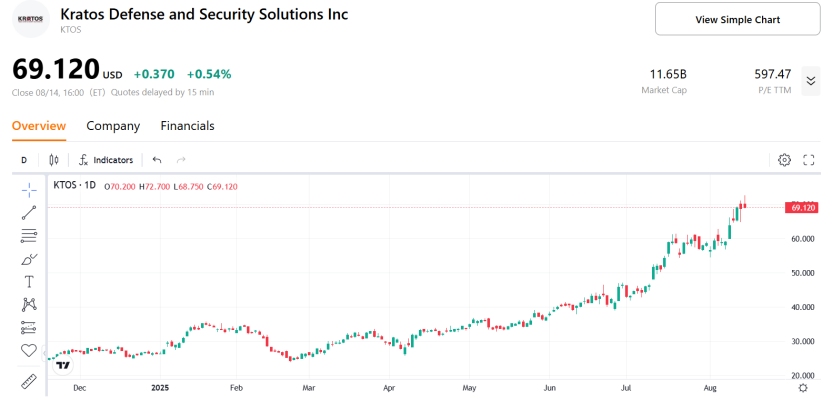
Source: TradingKey
What Kratos Actually Does: A Master of Two Worlds
To truly understand Kratos, you need to grasp its two core businesses, which together form the company’s invaluable ecosystem.
The first is the Unmanned Systems Division, which steals the spotlight. Unlike typical reconnaissance drones, Kratos’s unmanned systems are sophisticated, high-performance, jet-powered combat aircraft. Their flagship product, the XQ-58A Valkyrie, is a stealthy, high-subsonic drone capable of flying alongside manned fighter jets as a force multiplier.
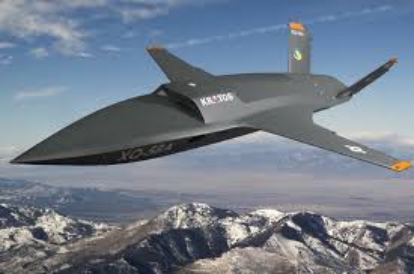
Source: AsiaTimes
What sets this division apart is the concept of attritable technology. While a single F-35 fighter jet costs more than $100 million, the Valkyrie is priced between just $2 and $4 million per unit. This cost advantage allows the military to deploy swarms of Valkyries as loyal wingmen or overwhelm enemy defenses, creating tactical challenges that adversaries struggle to counter. Designed for versatility, Kratos’s drones launch from rails without the need for runways and can perform missions ranging from surveillance to armed combat support.
The second core business is the Space, Training, and Cyber Division, which represents Kratos’s hidden genius. A cutting-edge drone is only as effective as the system controlling it, and this division builds the critical digital backbone. It develops software-defined ground systems that provide secure, dynamic command and control over Kratos’s advanced assets. One standout example is the OpenSpace platform, a revolutionary approach to satellite communications that replaces bulky, expensive hardware with flexible, AI-driven software solutions, cutting costs and enhancing scalability.
.jpg)
Source: SATNow
Financial Performance Snapshot — Q2 2025 Highlights
The table below summarizes Kratos’s Q2 2025 results, highlighting strong revenue growth alongside ongoing investments that impact profitability and cash flow. Kratos’s profit margins face pressure from several key factors. The company invests heavily in research and development, around $40 million annually, to advance autonomous systems, jet-powered drones, and AI technologies. While these investments weigh on near-term profitability, they support long-term growth. Primarily serving the U.S. Department of Defense (DoD), Kratos deals with contracts where the DoD holds significant pricing leverage. Many contracts are fixed-price agreements set upfront, limiting Kratos’s ability to pass rising costs onto the customer and squeezing margins. These fixed-price legacy contracts often lack inflation adjustments, further pressuring profitability. Additionally, Kratos’s smaller scale compared to major defense primes restricts its bargaining power with suppliers and customers, limiting margin expansion.
.jpg)
Source: Kratos, TradingKey
.jpg)
Source: Kratos, TradingKey
Revenue Breakdown: The Engine of Growth
Kratos's business is split into two primary segments.
Unmanned Systems: $73.2 million in Q2 2025 revenue, which is a decrease year-over-year, largely due to a big one-time international shipment. Nonetheless, the segment’s trailing twelve months (LTM) book-to-bill ratio of 1.3x reflects strong underlying demand and growth potential. The unmanned systems revenue accounted for approximately 20.8% of total Q2 2025 revenue.
Government Solutions: $278.3 million in Q2 2025 revenue, representing an impressive 27.1% organic growth. This represents robust organic growth of 27.1% YoY and makes up about 79.2% of the total revenue. This segment covers Space, Training, Cyber, and Rocket Systems, contributing significant stability and a strong revenue base for Kratos.
.jpg)
Source: Kratos, TradingKey
Competitor Analysis: Kratos vs. Key Drone Makers and Defense Innovators
Kratos occupies a unique position with its attritable, jet-powered drones and AI-driven defense platforms. It specializes in mid-sized drones designed for affordable, large-scale deployment, enabling future mass swarm tactics. These drones combine autonomy with the capability to operate alongside manned aircraft, effectively bridging the gap between costly, reusable large drones and smaller tactical systems. This distinct approach positions Kratos between traditional drone manufacturers focused on specific mission roles and innovative defense firms advancing AI and autonomous warfare technologies.
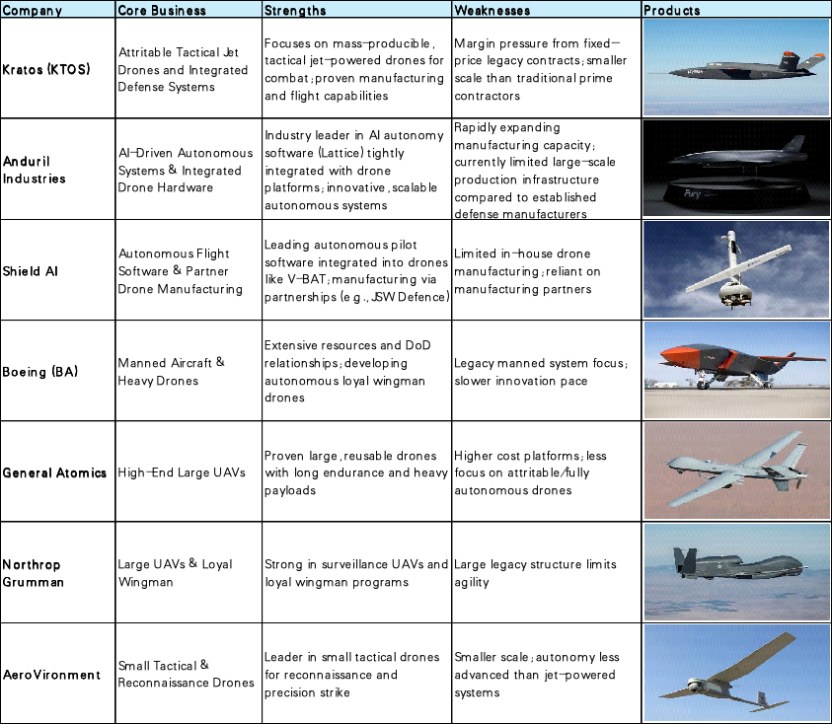
Source: Wikipedia, TradingKey
Growth Potential: The Next Stage of Warfare
At the core of the next transformation is the U.S. Air Force’s Collaborative Combat Aircraft (CCA) program, a multi-billion-dollar initiative designed to pair manned fighter jets with autonomous loyal wingman drones. Kratos’s XQ-58A Valkyrie, equipped with advanced AI-driven autonomy, stands as a leading contender poised to secure long-term, scalable revenue streams by enabling coordinated missions in contested environments. This initiative aligns seamlessly with the Pentagon’s Joint All-Domain Command and Control (JADC2) framework, which demands integrated, real-time data sharing across air, land, sea, space, and cyber domains.
AI is the linchpin of Kratos’s strategy, powering autonomous navigation, swarm tactics, and secure communications. Leveraging partnerships with firms like Shield AI alongside proprietary AI solutions embedded in the OpenSpace platform, Kratos enhances mission effectiveness while reducing operator workload. OpenSpace's critical role extends to nuclear command systems, underscoring its mission-critical importance. The OpenSpace platform’s adoption by the U.S. Space Force as well as commercial satellite operators taps into a rapidly expanding $500 billion space economy growing at approximately 7% annually, opening significant dual-use opportunities in both defense and commercial markets.
Simultaneously, Kratos’s investment in hypersonics, reflected by a new $50 million Hypersonic System Payload Integration Facility, positions the company to capture a growing share of hypersonic testing and propulsion demand, with potential contracts exceeding $1 billion anticipated by 2027.
Valuation
Kratos Defense currently trades with a remarkably high forward P/E ratio driven by strong investor enthusiasm. With a 12-month forward EPS estimate of around $0.62, the market prices in a very aggressive growth outlook.
For context, traditional large defense contractors such as Lockheed Martin typically trade at forward P/E multiples near 20x to 25x. Kratos’s current forward P/E exceeds 100x, reflecting both its high-growth potential and increased execution risk typical of early-stage defense technology companies disrupting established markets.
For early-stage, high-growth tech companies within specialized sectors such as defense innovation, forward P/E multiples frequently range from 70x up to over 120x, depending on market sentiment, growth visibility, and risk appetite. Applying this to Kratos’s 12-month forward EPS of $0.62 leads to a target price range between approximately $43 and $74.
Risks
· Execution: Scaling from R&D to mass production in drones, hypersonics, and rockets involves risks of delays and cost overruns that could hurt margins and confidence.
· Valuation: High valuation makes the stock sensitive to negative news or execution setbacks.
· Budget & Politics: Shifts in Pentagon priorities or defense budgets may impact funding and contract timing despite Kratos’s low-cost advantage.
· Supply Chain: Ongoing material shortages and rising costs, especially under legacy fixed-price contracts, may pressure margins and cash flow.
.png)




